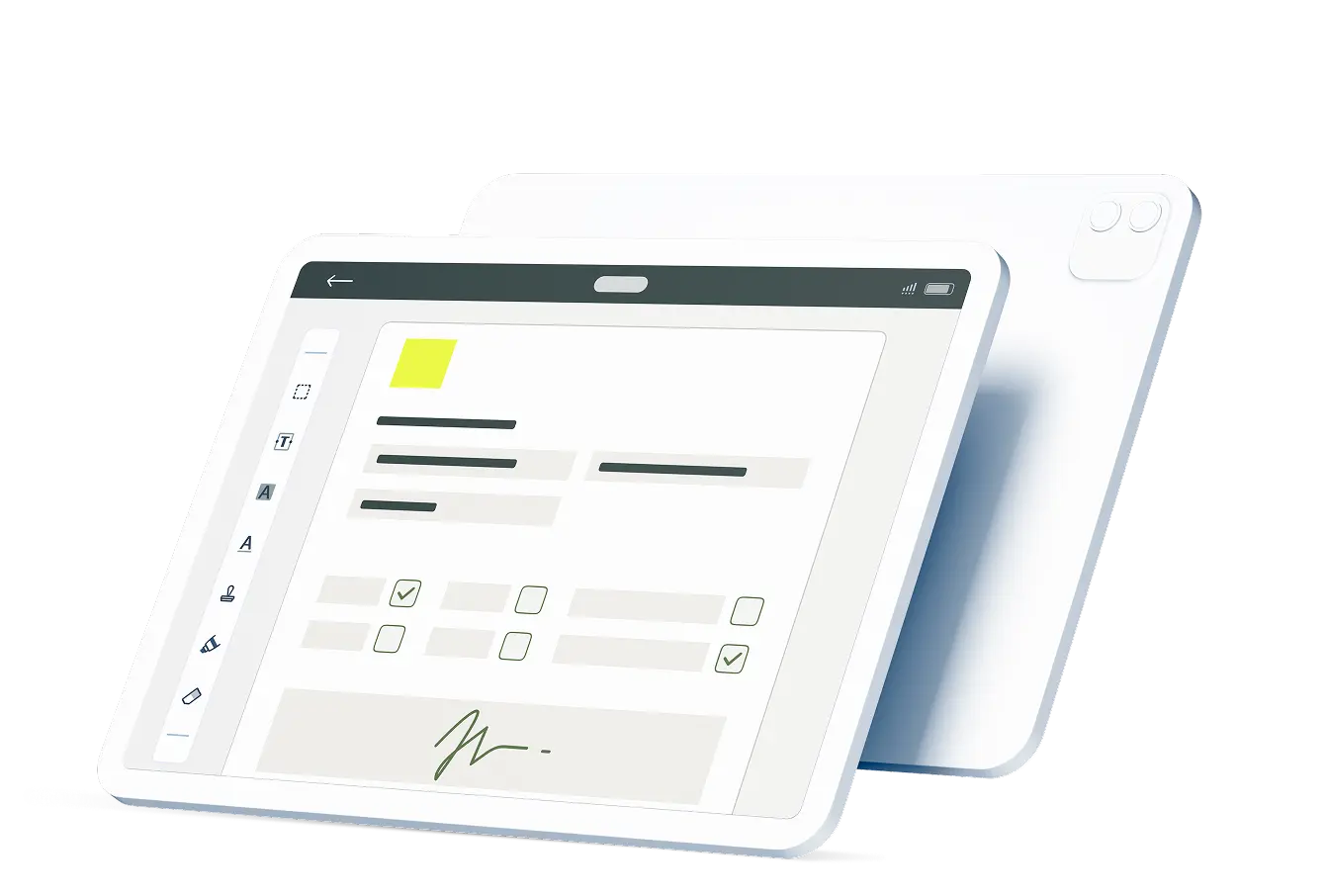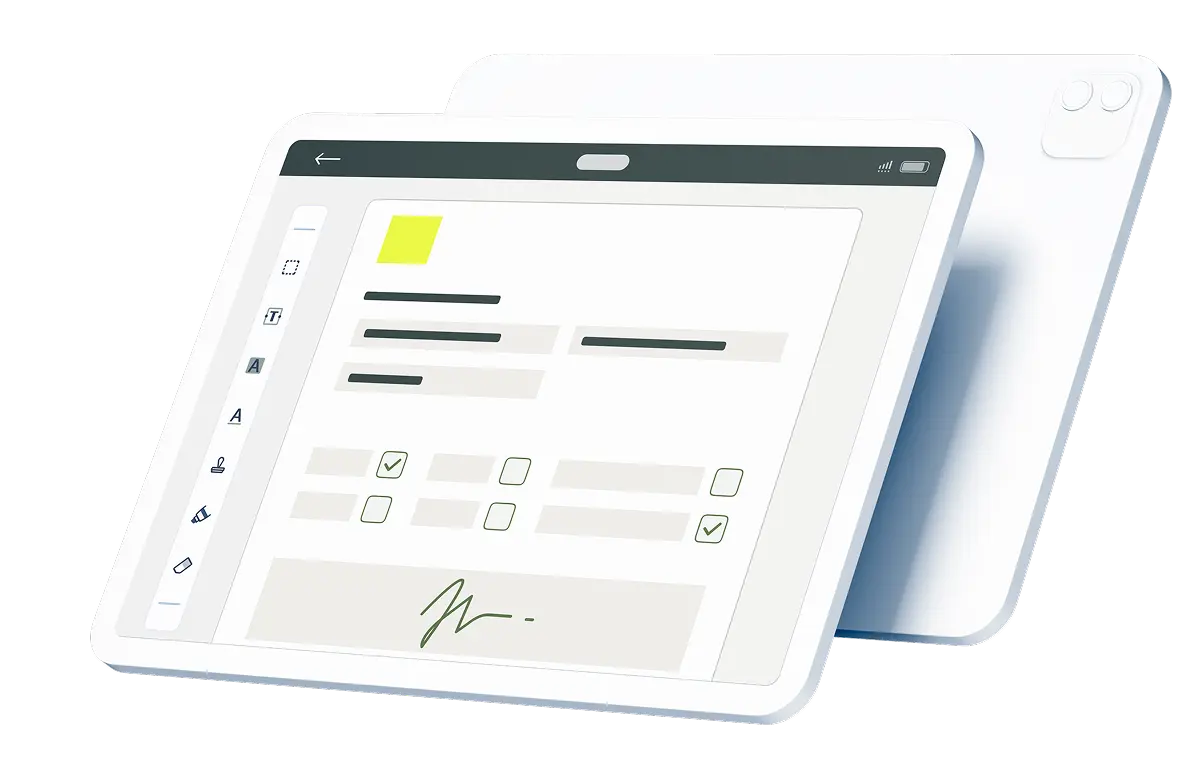Is your worksite entirely safe for employees and visitors? Regular crane safety procedures ensure it actually is, proactively looking for any hazards or risks that could lead to accidents.
If you create a tower crane safety checklist from scratch or update the existing one, here is an overview of what to include and how to set up related processes.
Contents:
- How Often Should Cranes Be Inspected?
- During a Crane Inspection, What Must Be Inspected?
- Why It’s Vital to have Regular Crane Inspection Schedule
- What to Include in an OSHA Overhead Crane Inspection Checklist?
- Lockout/Tagout
- Area Around the Crane
- General Equipment
- Safety Equipment
- Powered Overhead Crane Systems
- Crane Bottom Block
- Hoist Hooks
- Wire Rope and Load Chain
- Other Items
- What Are the Benefits of a Tower Crane Safety Checklist?
How Often Should Cranes Be Inspected?
The Occupational Health and Safety Administration (OSHA) requires cranes to be inspected at least once yearly. You should perform two main categories of crane inspections: frequent and periodic.
Frequent inspections should be done daily, weekly, or monthly. Periodic inspections are intended to occur every other month, quarterly, or annually.
During a Crane Inspection, What Must Be Inspected?
The specifics of an inspection heavily depend on its type. Frequent inspections are typically visual and are less involved than periodic inspections.
During frequent inspections, crane operators ensure the equipment is safe and ready for operation. They typically check the following systems and parts:
- Hoists
- Hook chains
- Trolley
- Hydraulic systems
- Overhead crane system components
- Push-button stations
- Wires
On the other hand, a periodic inspection is more comprehensive and involved. It involves an in-depth examination of the crane system and its working parts. Here are a few things to look at during a periodic inspection:
- Load indicators
- Electrical wiring
- Power sources
- Locking devices
- Gears and brake systems
- Any signs of damage
Maintaining separate crane inspection forms for frequent and period examinations helps to keep up with the specifics and avoid important details slipping from the mind.
Form-building software helps create these checklists in a paper-free format to be easily accessed by all of your crane operators.
Such software can not only help you generate checklists and forms. Fluix also lets you see inspection reports in real-time, notifying you immediately if any problems are noted and reported during a crane inspection. The sooner you’re notified of problems, the sooner you can schedule crane repairs. So this way, your crane can return to operation as quickly as possible.
Why It’s Vital to have Regular Crane Inspection Schedule
If you don’t meet mandated crane inspection requirements, you will likely be held liable for any injuries that occur as a result. You could also face hefty fines and penalties for non-compliance with OSHA requirements.
What to Include in an OSHA Overhead Crane Inspection Checklist?
Get started with the OSHA overhead crane inspection checklist to ensure your team follows safety requirements when operating overhead cranes. This list is a good start and outlines the basic things you must do to ensure your crane works correctly and safely.
However, many companies go beyond the OSHA checklist and create more detailed forms for their crane operators to follow. When developing your crane safety checklist, here are a few things you may want to add.
Lockout/Tagout
Lockout is crucial to check before any inspection. The crane must be tagged or locked out and de-energized to ensure it cannot be operated during a review. Inspector can perform the following steps only after completing the lockout or tagout processes.
Area Around the Crane
Check the area around the crane for the following:
- There’s a fire extinguisher nearby
- No warning signs are lit, and if they are – figure out why
- The area within the crane’s lifting radius is clear from people that could be injured or items that the crane could damage
- The disconnect switch is located
General Equipment
Ensure the crane’s equipment is in good working condition by checking the following:
- The load is within the crane’s lifting capacity
- The below-the-hook lifting device can lift the load and is compatible with the crane
- The wires are not pulled from bushings and are sitting in drum grooves
- There is no twisted wire on the bottom block
- All controls and parts are working properly and are not loose, broken, or damaged
Safety Equipment
Safety is essential when operating an overhead crane. Check the following safety components:
- All required safety equipment is in place
- Safety equipment is ready to use and is not damaged or malfunctioning.
Powered Overhead Crane Systems
Operators should inspect the powered overhead crane systems regularly. Include the following action items in your inspection:
- The buttons automatically turn “off” when released and don’t stick
- All buttons function properly and perform the intended actions
- The warning device works
- The hoist upper limit switch operates properly
Crane Bottom Block
Once you’ve checked the all-important overhead crane systems, it’s time to move on to the crane bottom block. Here are a few things you’ll want to include on your crane safety checklist for this area:
- Inspect the sheaves to ensure they don’t make strange noises or grind during operation
- Check for visible damage and cracks to the working parts of the crane bottom block
- Make sure you can clearly see the capacity markings
Hoist Hooks
The hoist hooks can cause catastrophic damage if they break or malfunction during use. Include the following items in your hoist hook inspection checklist:
- Cracks, twists, and other signs of wear in the hooks
- Signs of damage in the chains
- No grind in the hook as it rotates
- The safety latches are correctly located and work as expected
Wire Rope and Load Chain
Remember to include a thorough examination of the wire rope and load chain in your tower crane safety inspection. Perform the following actions as part of your inspection:
- Check that the diameter of the wire hasn’t decreased
- Confirm there is no corrosion, breaks, or other visible damage to the wire
- Inspect each chain link for corrosion, cracks, and other signs of damage
- Check for indications of wear at the contact points
- Make sure no wires are pulled from strain reliefs
- Ensure the chain sprockets are functioning properly
Other Items
Once you have completed the above checklists and ensured all crane parts and systems are working as they should, there are a few additional items you should check:
- No diesel, oil, or gasoline leaks from any part of the crane
- Brakes work correctly
- Rollers, rivets, and pins are visually inspected
- Bearings, rollers, gears, pins, and shafts are all satisfactory
- No loose items on or near the crane that could become fall hazards
What Are the Benefits of a Tower Crane Safety Checklist?
Maintaining a tower crane safety checklist brings various benefits:
- Improving workplace safety
- Decreasing your risk of lawsuits and penalties
- Identifying risks and hazards so you can address them promptly
- Ensuring you’re always in compliance with government regulations
- Keeping your crane in good working condition as long as possible
Maintaining a safe workplace is essential when heavy machinery is in use. We recommend implementing safety management software to help you keep your safety checklists well-organized and easily accessible.

